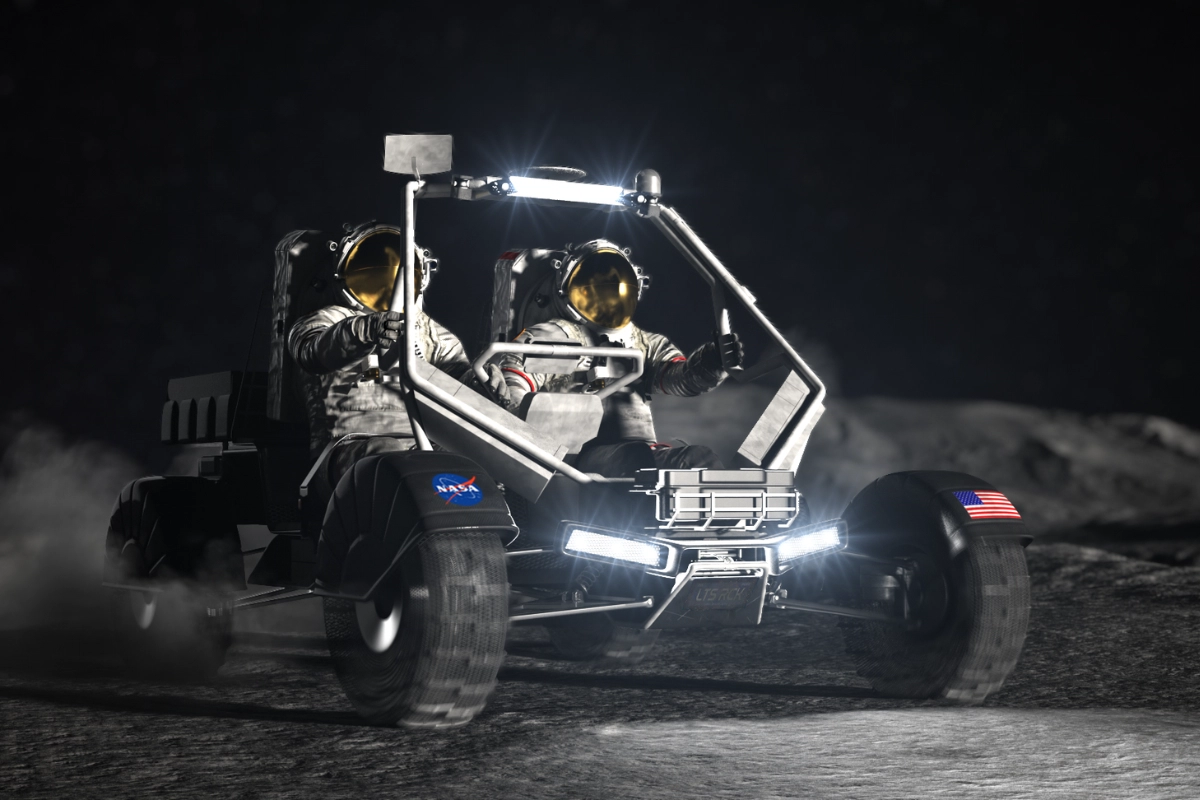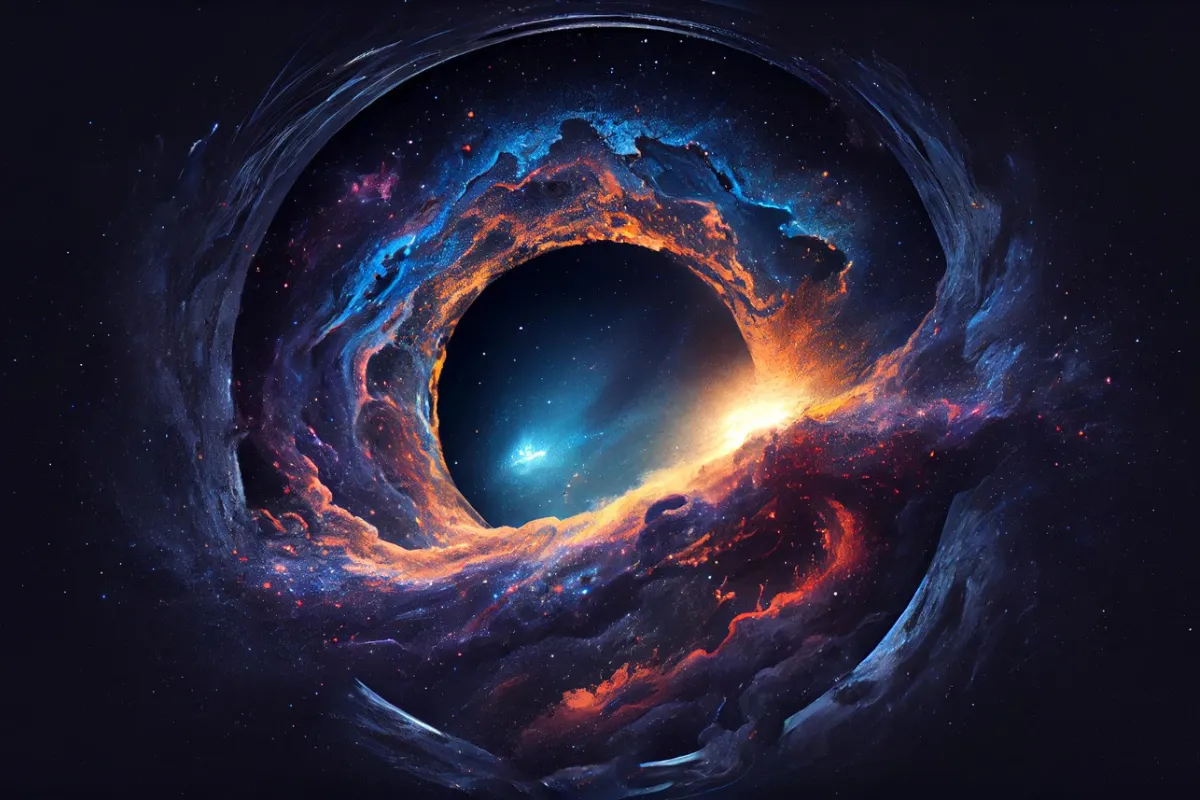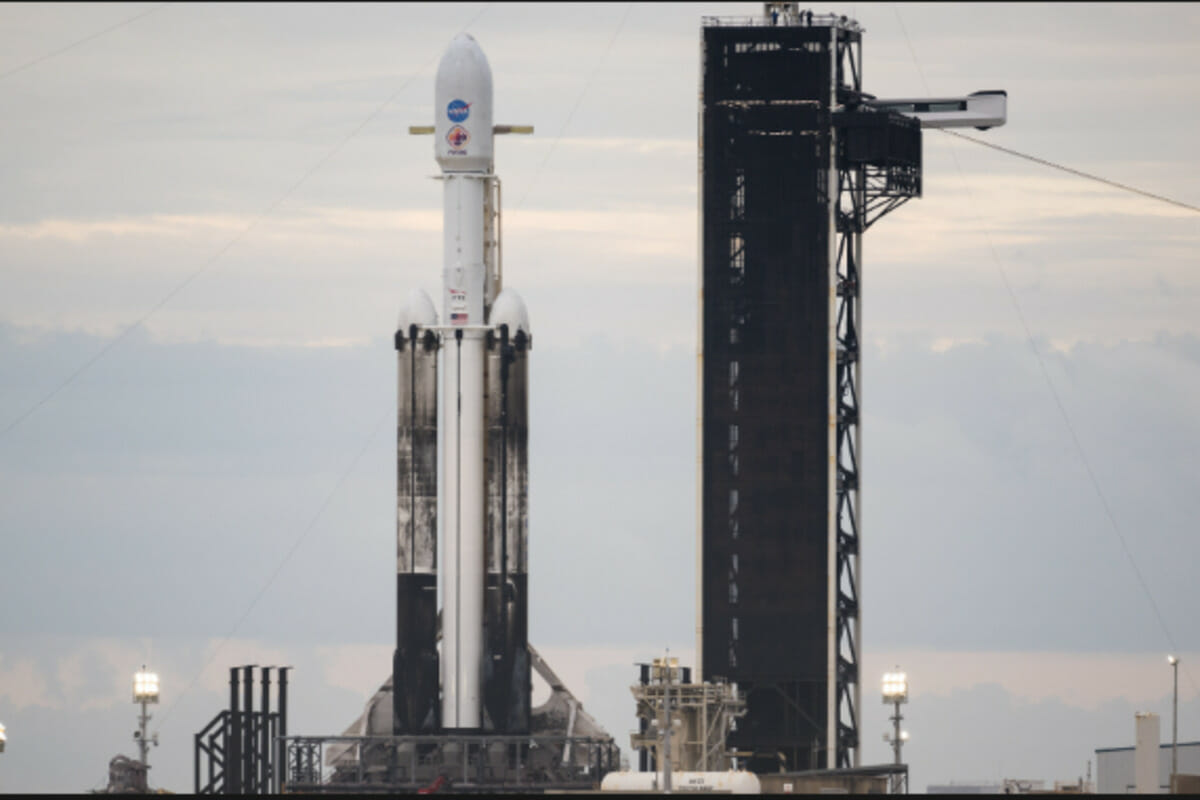The US space agency National Aeronautics and Space Administration (NASA) has selected a new space telescope proposal to study the recent history of star birth, star death, and the formation of chemical elements in the Milky Way.
The gamma-ray telescope is expected to be launched by 2025 as part of its astrophysics mission, which received 18 telescope proposals in 2019 and selected four for mission concept studies. Following analysis and detailed review, the space agency has green-lighted the Compton Spectrometer and Imager (COSI) to go into the development phase.
According to NASA, the COSI mission will cost approximately USD145 million (not including launch costs). A launch provider for the mission will be selected later by the agency.
“For more than 60 years, NASA has provided opportunities for inventive, smaller-scale missions to fill knowledge gaps where we still seek answers,” said Thomas Zurbuchen, associate administrator for the agency’s Science Mission Directorate in Washington. “COSI will answer questions about the origin of the chemical elements in our own Milky Way galaxy, the very ingredients critical to the formation of Earth itself.”
Also Read: “Abrogation of Article 370 has change nothing”: Owaisi
COSI will study gamma rays from radioactive atoms produced when massive stars exploded to map where chemical elements were formed in the Milky Way. The mission will also probe the mysterious origin of our galaxy’s positrons, also known as antielectrons – subatomic particles that have the same mass as an electron but a positive charge.
(With inputs from ANI)











